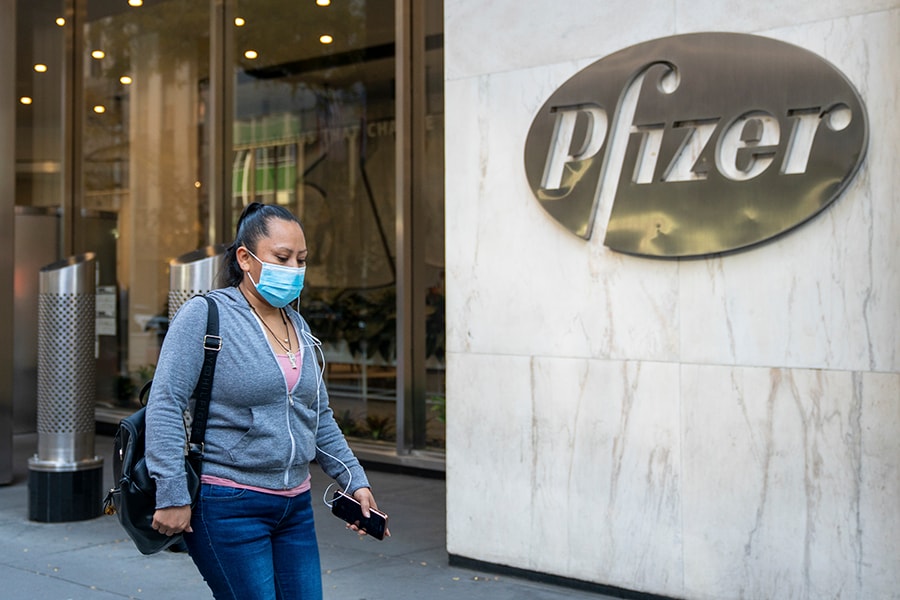
Pfizer's COVID vaccine: 11 things you need to know
What did they find? Will it work on children? When can you get one? Answers to all your FAQs
 People walk by the Pfizer headquarters on November 9, 2020 in New York City. Pharmaceutical company Pfizer announced positive early results on its COVID-19 vaccine trial and has proven to be 90% effective in preventing infection of the virus.
People walk by the Pfizer headquarters on November 9, 2020 in New York City. Pharmaceutical company Pfizer announced positive early results on its COVID-19 vaccine trial and has proven to be 90% effective in preventing infection of the virus.
Image: David Dee Delgado/Getty Images
As coronavirus cases surge in the United States and elsewhere, with little relief in sight, the world got good news on Monday. Pfizer and its partner, the German company, BioNTech, announced preliminary results that suggested their vaccine was more than 90% effective.
The news — the first results from any late-stage vaccine trial — buoyed stock markets and spirits as the public saw a glimmer of hope. But it’s worth noting that the news is still preliminary, and there is much that is still not known about how well the vaccine works.
And one thing remained clear: The vaccine will not come in time to rescue the world from the next several months, when the virus will take many more lives unless the public takes more stringent public health measures.
Here’s what we know, and don’t know, about the vaccine:
What did these scientists find out?
©2019 New York Times News Service




